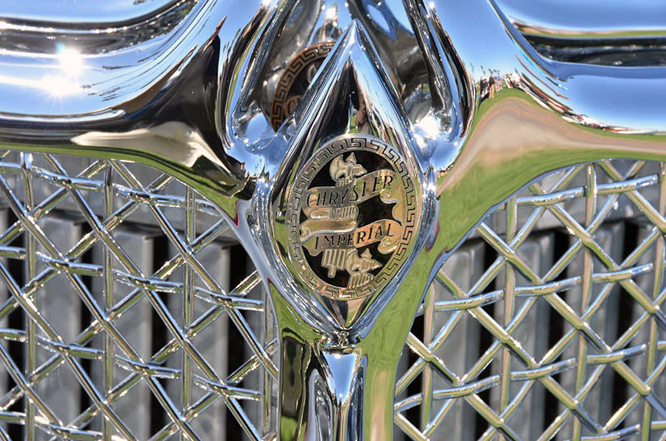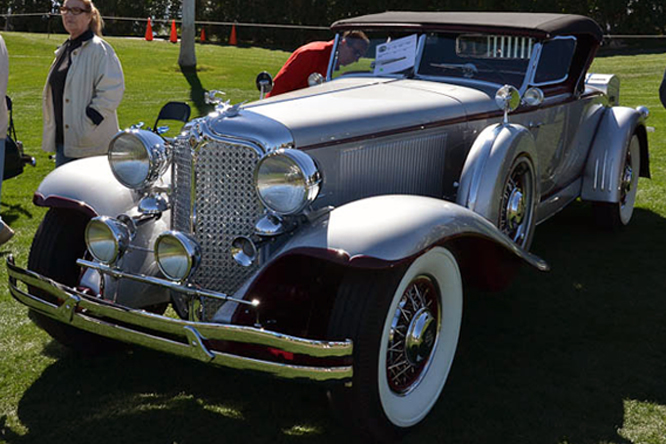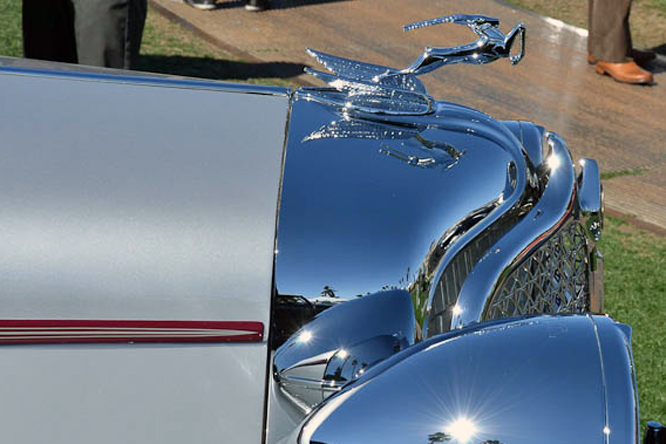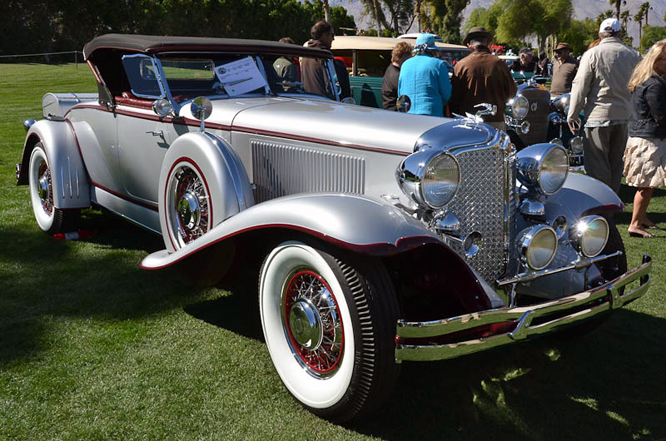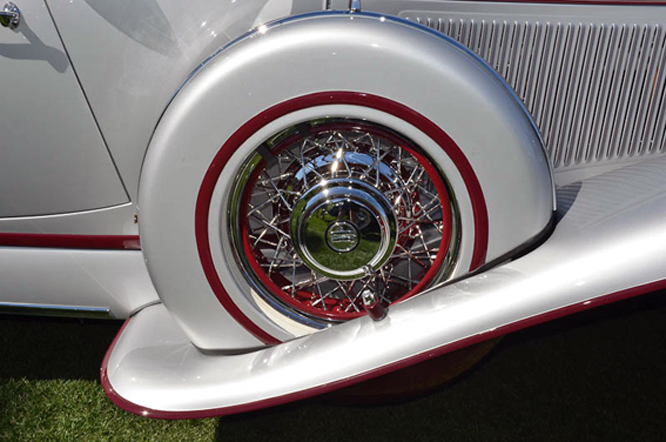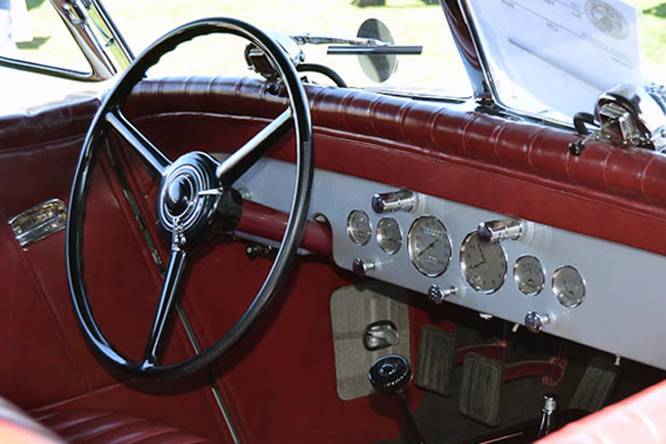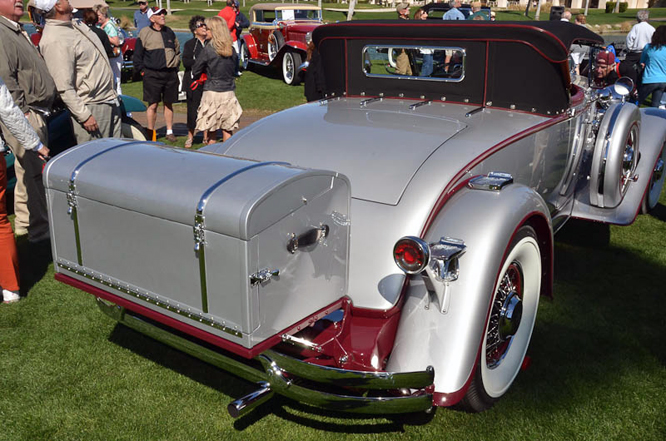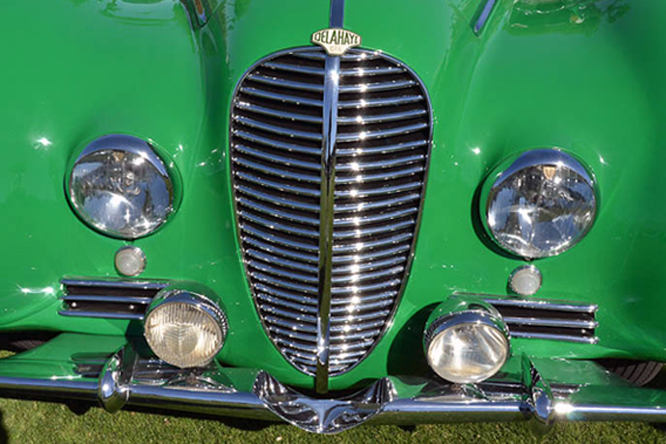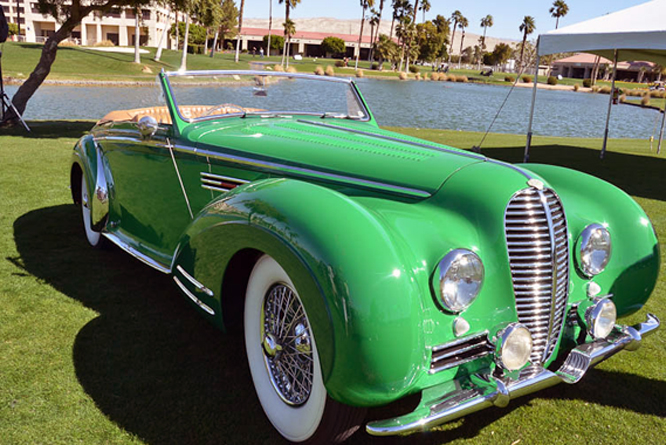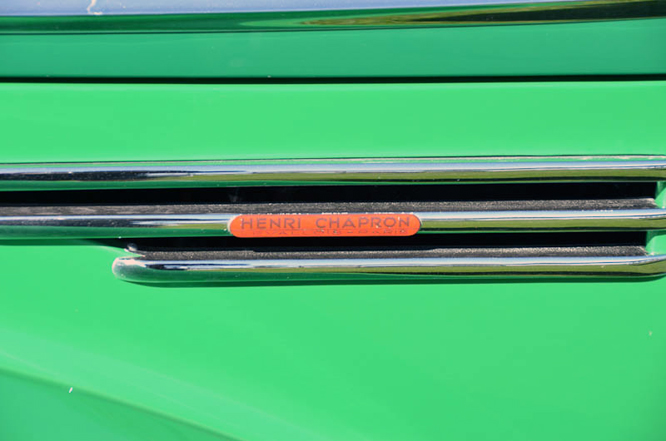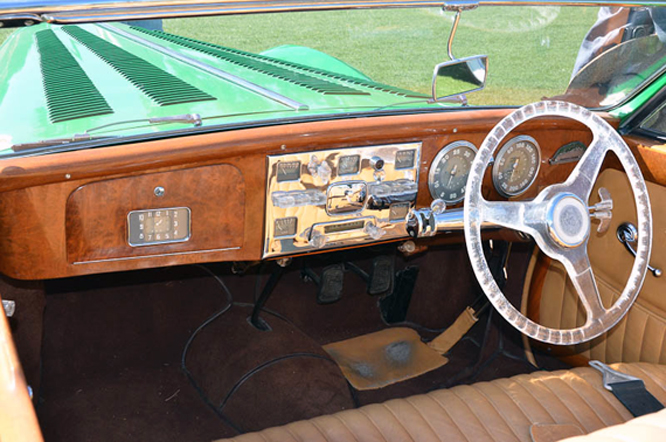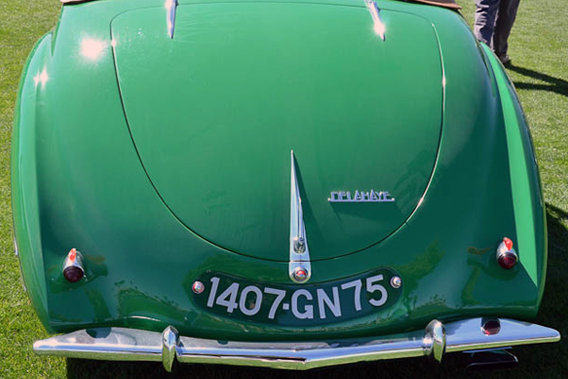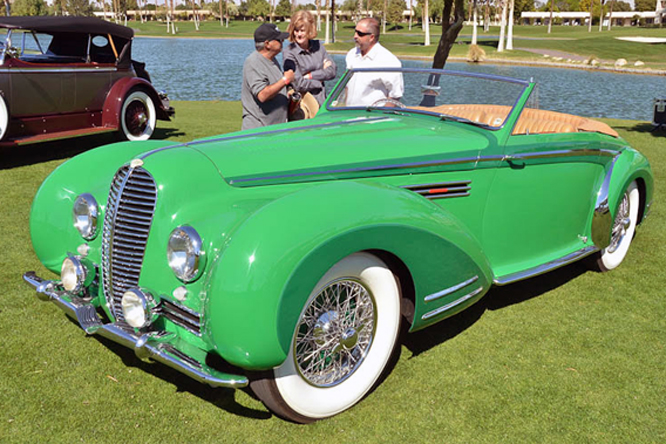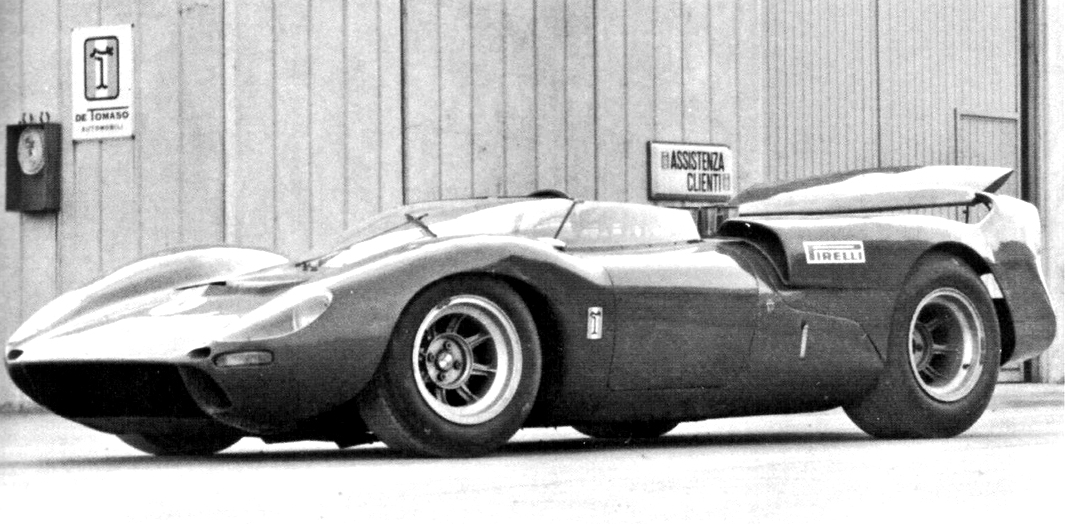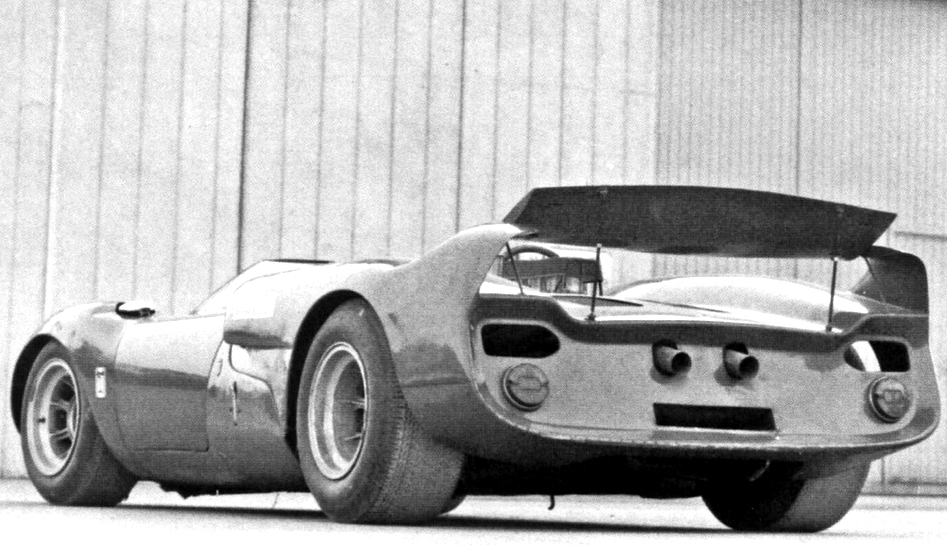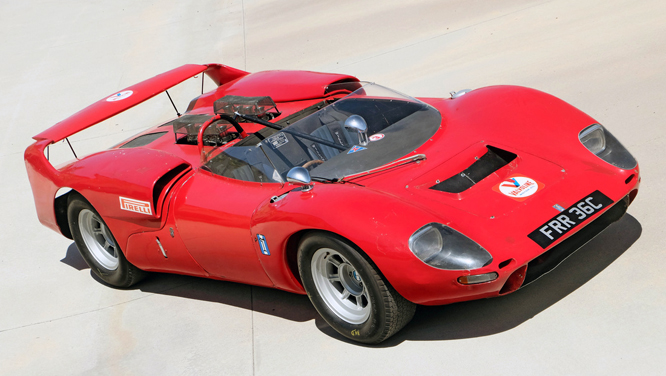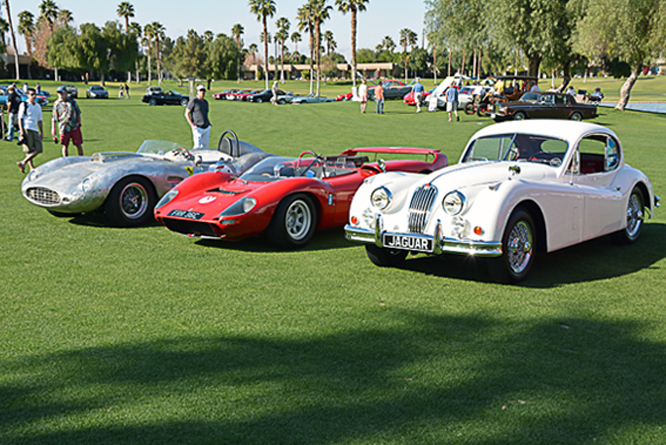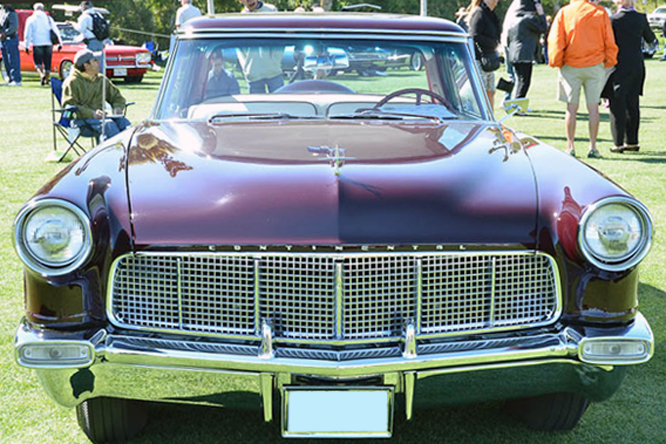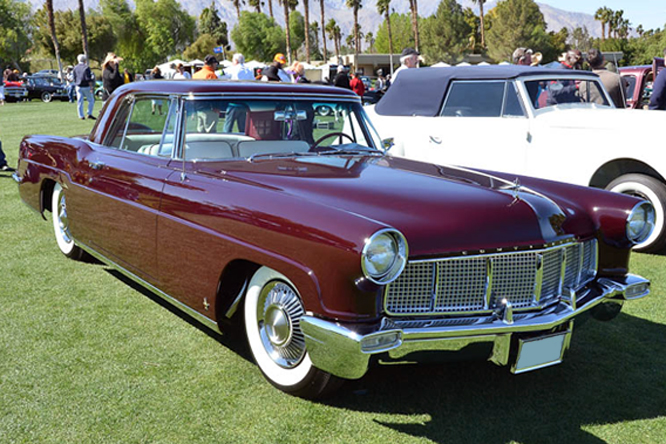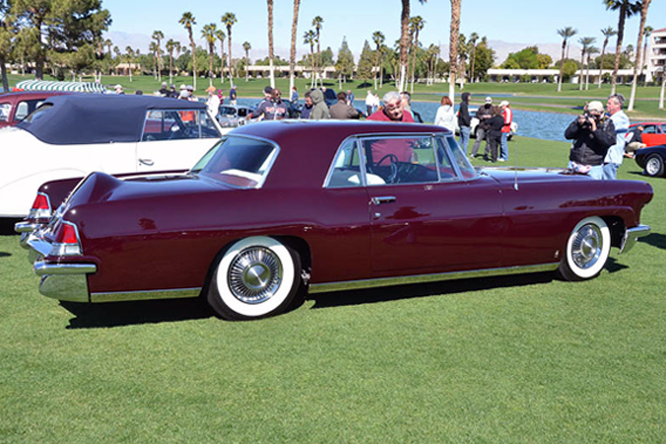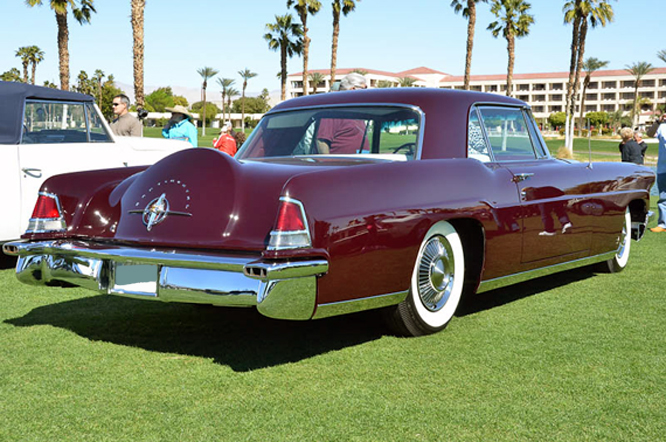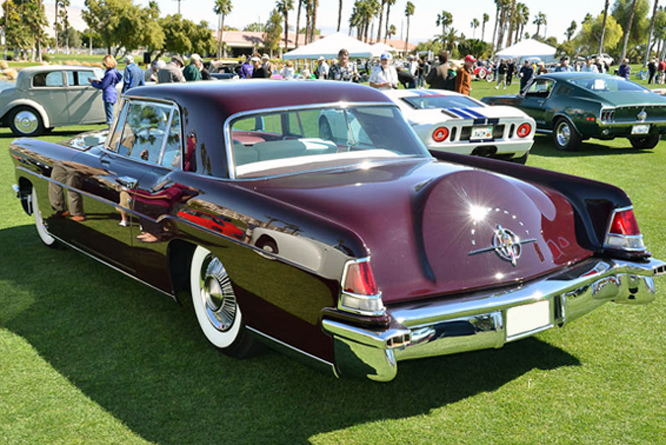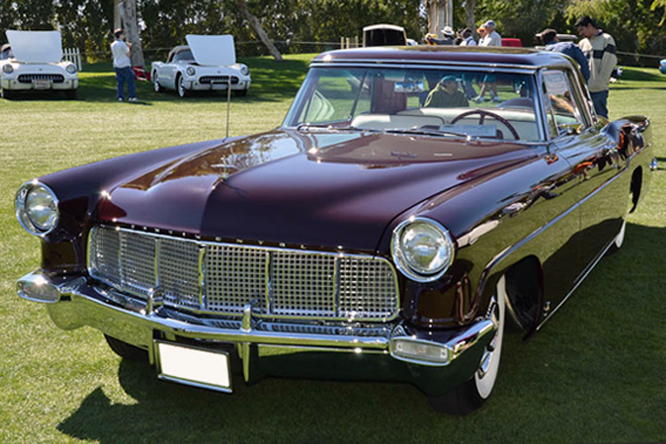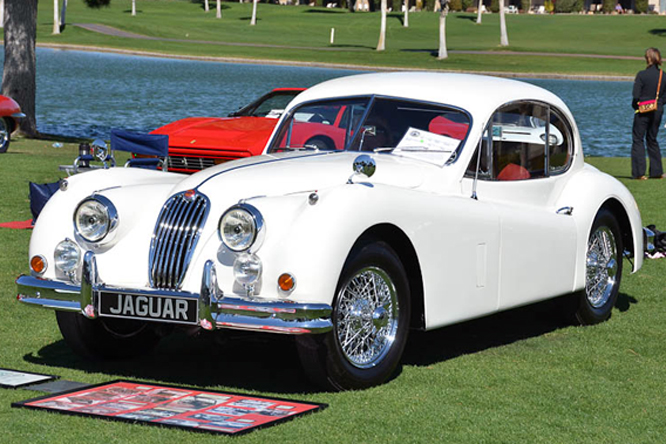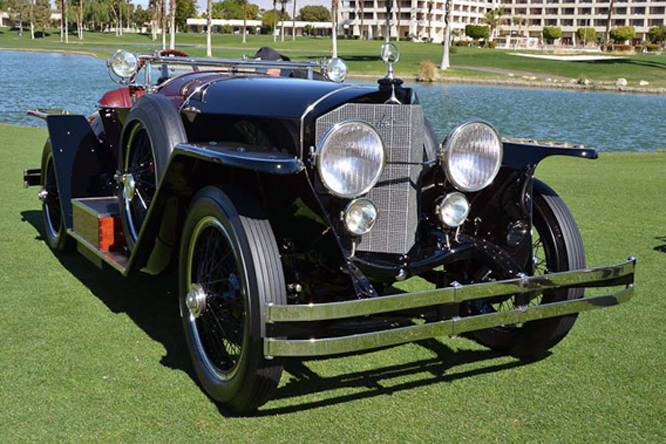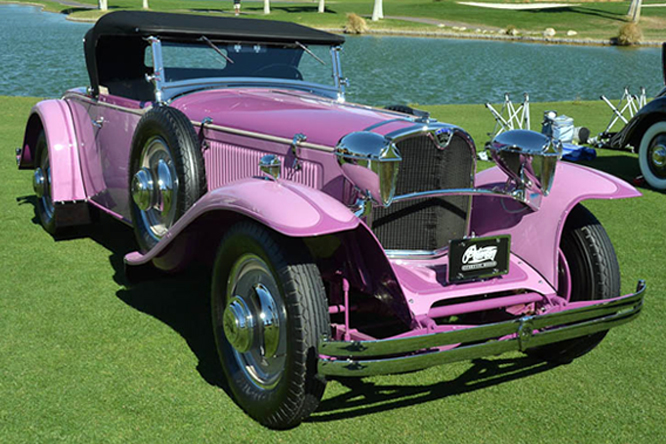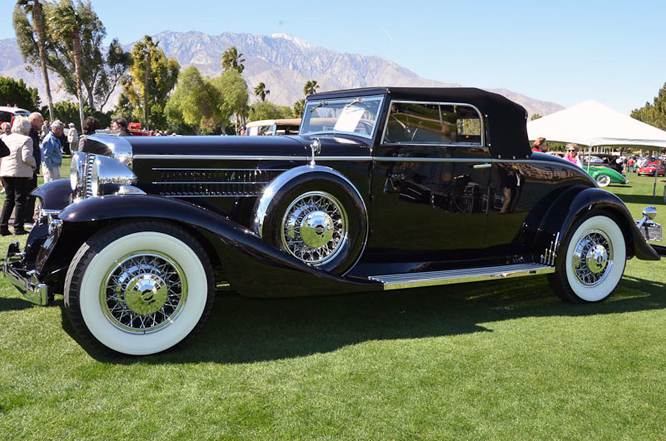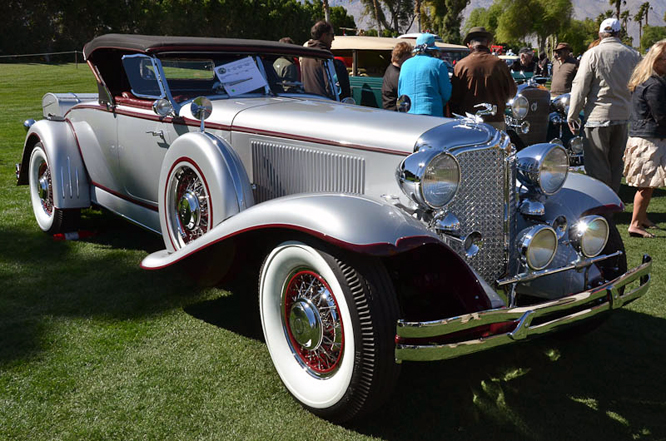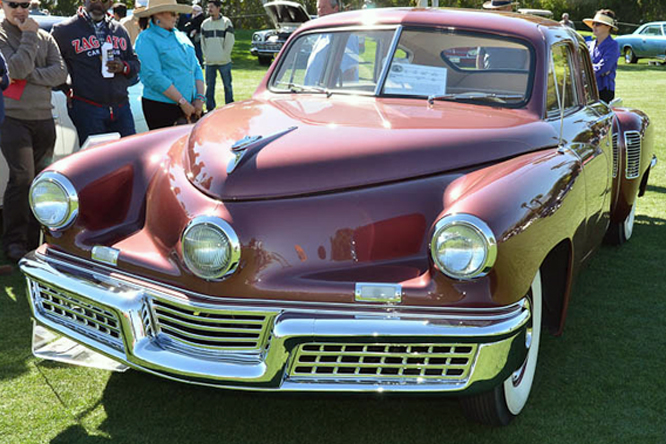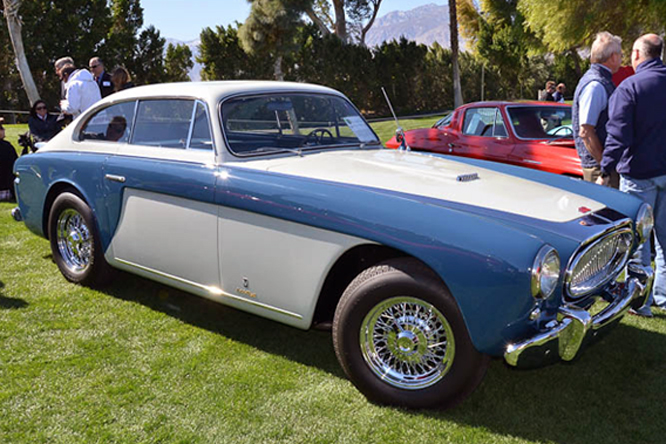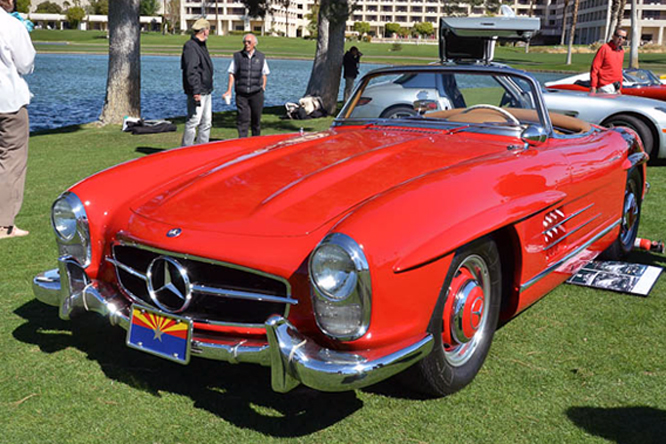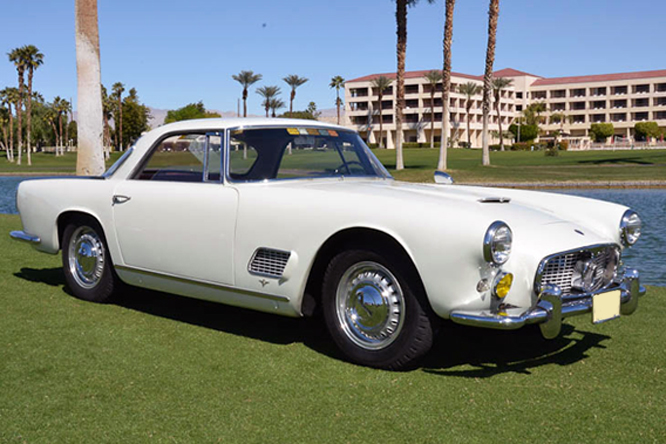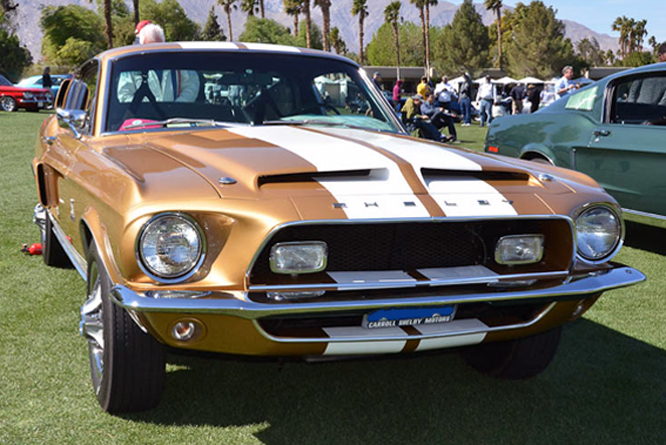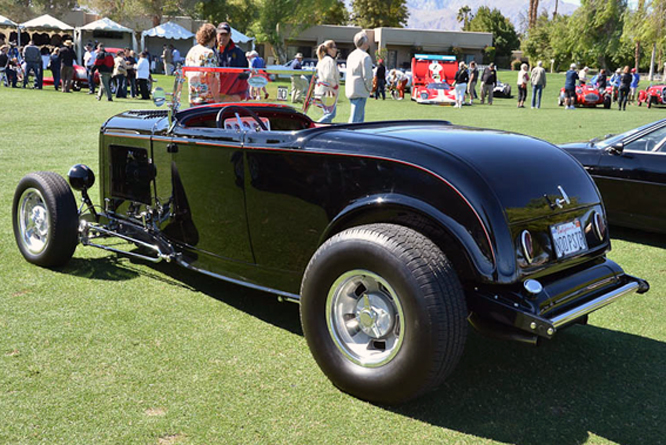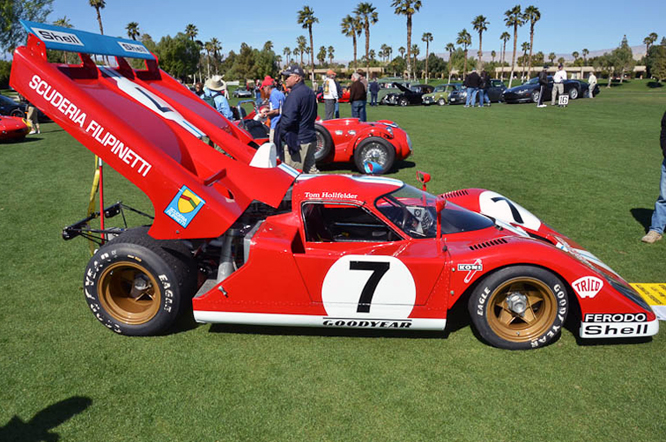By 1937 when today’s Delage D8 120 was built, Louis Delage had sold the controlling interest in his company to his French rival Delahaye who continued to market cars with both brand names.
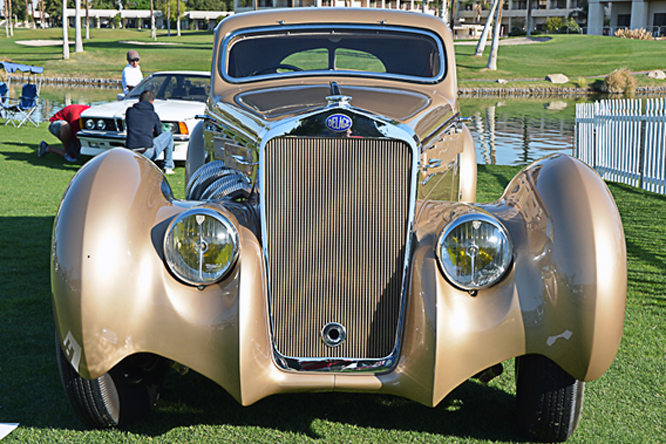
The 1936 Delage D8 100 and 1937 Delage D8 120 were designed to top the ranges of both brands.
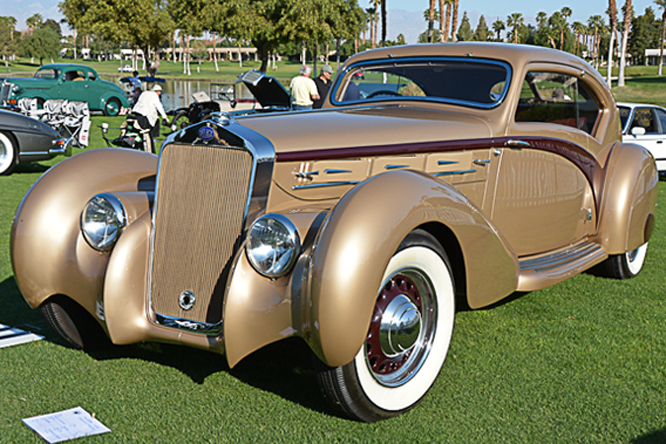
The Delage D8 120 like the D8 100 introduced a year earlier used Delahaye sourced steel ladder chassis frames.
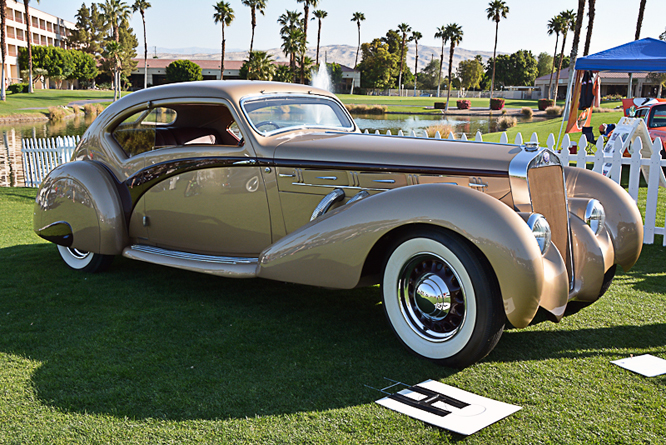
There seems to be a good bit of confusion about the origins of the engine used in the D8 120 with some sources believing it to have origins in a Delahaye truck and by others to have origins in the Delahaye 135MS straight 6, so far as I am aware both of these suggestions are no more than chewing the cud piffle of the highest order.
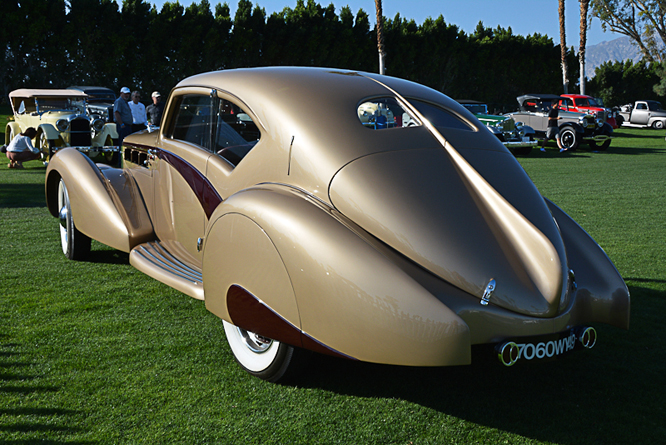
I believe the D8 120 engine is a 120hp developement of the straight eight Delage first built in 1929 with it’s capacity now stretched to 4,302 cc / 262.5 cu in.
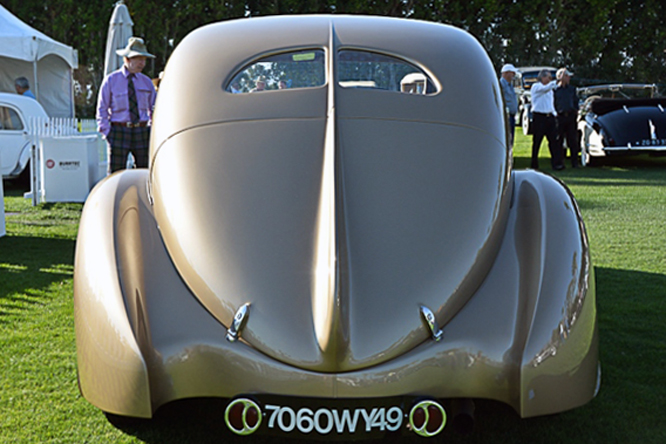
As before the Delahaye take over top of the range Delages were supplied only as rolling chassis onto which the creme de la creme of boutique coach builders were given instructions by customers as to their exact body requirements.
The Aerosport Sport Pillarless Vue Panoramic body on today’s featured car, now owned by the Peterson Museum, is by Letourneur & Marchand a Parisian coach building company founded in Paris on the 1st of April 1905.
My thanks to Geoffrey Horton for sharing today’s photographs taken at the Desert Classic Concours d’Elegance, Palm Springs a couple of years ago.
Thanks for joining me on this “Pillarless Vue Panoramic” edition of “Gettin’ a li’l psycho on tyres” I hope you will join me again tomorrow when I’ll be looking at some of the 400 cars collected by a man who know’s more about the inside of cars than most and has made a fortune out of writing books about how to take them apart and put them back together again. Don’t forget to come back now !


